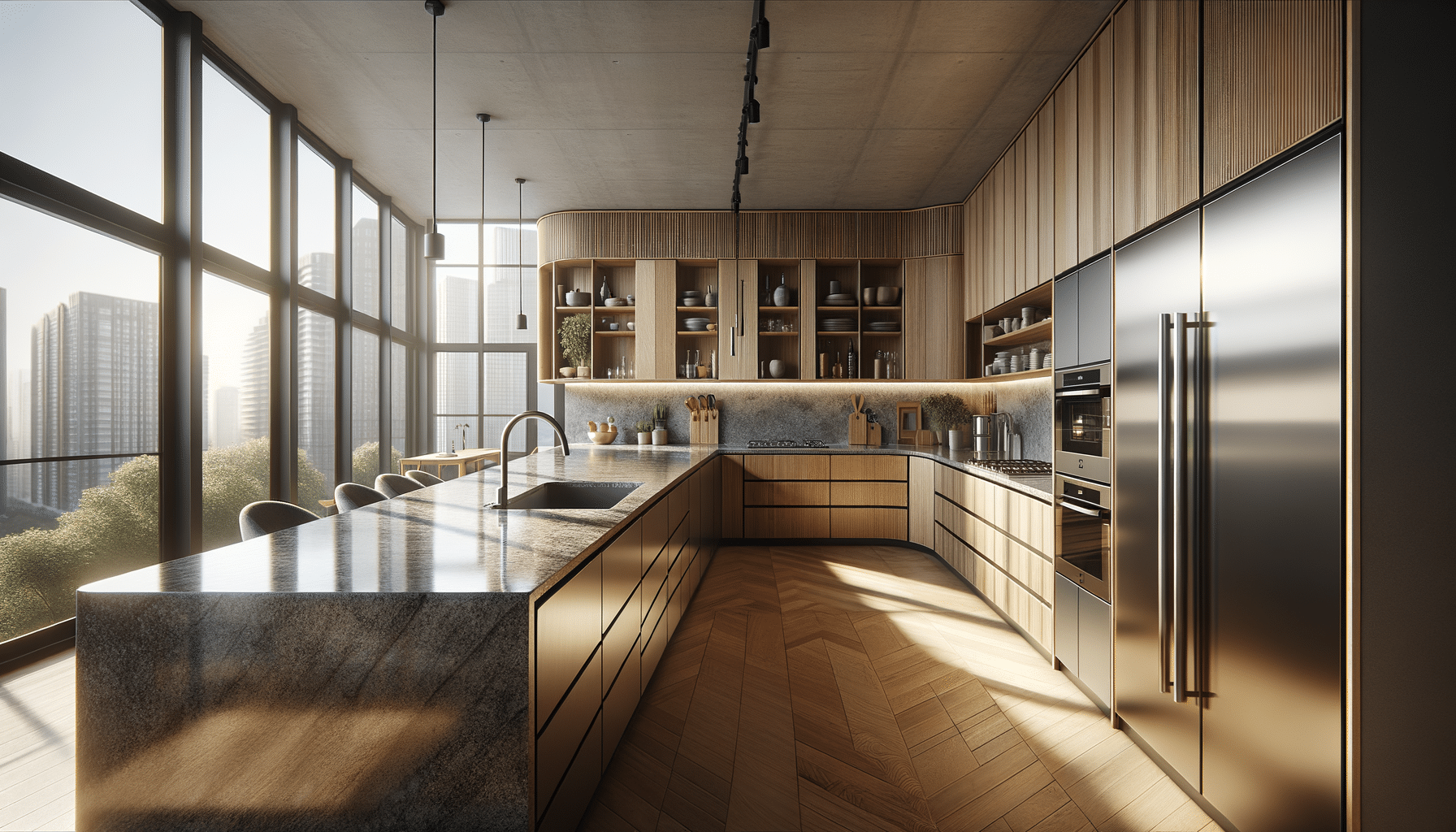
Kitchen Renovation: Ideas and Tips for Your Remodel
Introduction to Kitchen Remodeling
Kitchen remodeling is an exciting venture that can transform one of the most important rooms in a home. The kitchen is not just a place for cooking; it serves as a hub for family gatherings and social interactions. A well-planned kitchen renovation can enhance both functionality and aesthetics, making daily tasks more enjoyable and efficient. Whether you’re looking to increase your property’s value or simply want a more pleasant cooking environment, understanding the key aspects of a successful kitchen renovation is crucial.
Planning Your Kitchen Layout
One of the first steps in a kitchen remodel is planning the layout. The layout determines how you move within the space and how efficiently you can perform tasks. Common layouts include the U-shaped, L-shaped, and galley kitchens. Each has its advantages depending on the size and shape of your kitchen.
The U-shaped kitchen is ideal for those who need ample storage and countertop space. It’s perfect for larger families or avid cooks who require multiple work zones. On the other hand, the L-shaped kitchen offers flexibility and is suitable for open-concept living areas, allowing for easy interaction between the kitchen and adjacent spaces.
When planning your layout, consider the “kitchen work triangle,” which is the optimal distance between the sink, stove, and refrigerator. This concept helps streamline kitchen activities, minimizing unnecessary steps. Whether you’re designing a new layout or modifying an existing one, ensure that it enhances your cooking experience and meets your lifestyle needs.
Choosing Materials and Finishes
Selecting the right materials and finishes is a crucial aspect of kitchen remodeling. From countertops to cabinetry, the materials you choose can significantly impact the kitchen’s durability, maintenance, and overall look. Popular countertop materials include granite, quartz, and marble, each offering unique advantages in terms of aesthetics and functionality.
Granite is known for its exceptional quality and durability, making it a long-lasting choice for busy kitchens. Quartz offers a wide range of colors and patterns and is highly resistant to stains and scratches. Marble, while luxurious and visually stunning, requires more maintenance to prevent etching and staining.
When it comes to cabinetry, options range from solid wood to engineered materials. Solid wood cabinets are renowned for their beauty and strength, while engineered materials like MDF offer cost-effective alternatives with various finish options. The choice of finishes, such as matte, glossy, or textured, can further personalize your kitchen, reflecting your style and preferences.
Incorporating Modern Appliances
Modern appliances are a key component of a kitchen remodel, offering advanced features that enhance convenience and efficiency. When selecting appliances, consider energy efficiency ratings and technology that aligns with your cooking habits. Smart appliances, such as refrigerators with touch screens or ovens with Wi-Fi connectivity, are increasingly popular for their convenience.
Energy-efficient appliances not only reduce your carbon footprint but also lead to long-term savings on utility bills. Look for appliances with high energy star ratings to ensure you’re making an environmentally friendly choice. Additionally, consider the size and capacity of appliances, ensuring they fit seamlessly into your kitchen layout.
Integrating appliances with cabinetry can create a sleek, cohesive look, often referred to as a “built-in” style. This approach is particularly effective in modern and minimalist kitchens, allowing for a clean and uncluttered appearance.
Budgeting and Hiring Professionals
Budgeting is a critical aspect of any kitchen remodel. Establishing a clear budget helps prioritize expenses and avoid unexpected costs. It’s essential to allocate funds for materials, labor, permits, and any unforeseen issues that may arise during the renovation process.
Hiring professionals, such as architects, designers, and contractors, can ensure your project runs smoothly and meets your expectations. Professionals bring expertise in design, construction, and project management, helping you navigate complex decisions and regulations. When selecting a contractor, consider their experience, reputation, and portfolio of completed projects.
Effective communication with your remodeling team is vital to achieving your desired outcome. Clearly convey your vision, preferences, and budget constraints to ensure everyone is aligned. A well-planned budget and a reliable team can transform your kitchen into a space that meets your functional needs and aesthetic desires.

